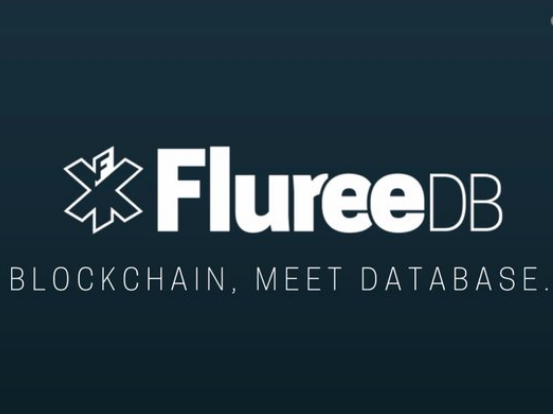 EMERGING TECH
EMERGING TECH
 EMERGING TECH
EMERGING TECH
 EMERGING TECH
EMERGING TECH
Blockchain startup Fluree PBC today shipped the first production release of its FlureeDB blockchain “graph database” following a successful beta testing period.
FlureeDB is at root a graph database, which uses graph structures for semantic queries with nodes, edges and properties to represent and store data. However, FlureeDB can also be distributed and decentralized across a network of participants, creating what’s called a “permissioned blockchain” that comes with all the immutability benefits of better-known blockchains such as the one that powers bitcoin.
The idea behind blockchain technology is that instead of having a centralized authority that maintains control over the database, this control is distributed evenly across those that host the database. Each of the multiple network participants hosts a copy of the blockchain, and each participant must agree on any changes that are made to it.
That creates a reliable and trusted store of information that cannot be hacked or corrupted by anyone. As such, blockchain isn’t really considered to be a database itself, but instead a continuously growing list of records, or blocks, that are linked and secured using cryptography.
Fluree reckons it’s stealing a march on some of its rivals by delivering the benefits of decentralization in a “familiar database format” with the promise of “transformative implications” in industries such as supply chain management, insurance and real estate, which would presumably benefit from storing data on an unhackable database.
FlureeDB is a rival to better-known blockchain platforms such as IBM Corp.’s Hyperledger Fabric, but there are differences between the two and they can also be complementary to one another, Fluree co-founder and Co-Chief Executive Brian Platz told SiliconANGLE in an interview. As far as Platz is concerned, there are three main scenarios for blockchain, the first of which involves building a blockchain app that “tokenizes” something.
“In this case Hyperledger is a great fit, but that app likely has a lot of other data besides just token quantities and accounts,” Platz said. “Today that is usually shoved into some database and is effectively ‘off-chain,’ so FlureeDB here is a great complement to Hyperledger as the entire solution can be secured by a blockchain.”
FlureeDB is also a better fit than Hyperledger in other scenarios, Platz contended. Although Hyperledger can be used for storing records, it’s not really designed for that purpose, so it’s a “square peg/round hole situation,” he said. The third scenario Platz described is when a company is building an app that needs a database and would also benefit from tamper resistance and immutability. In that case, FlureeDB is “your only option,” Platz said.
“FlureeDB is really a decentralized, sophisticated data store,” Platz added. “Supply chain applications certainly rely on payments and transactions, but that is just a very small sliver of a supply chain solution. FlureeDB also stores product descriptions, detailed invoicing and more.”
Fluree said FlureeDB is available in two options: a basic, free version and a licensed version with more enterprise-grade features and support services.
THANK YOU